Your vehicle’s wheels play a crucial role in ensuring a smooth, safe, and efficient ride. However, maintaining the proper wheel balancing vs alignment of your wheels is essential for optimal performance and longevity. Understanding the distinction between wheel alignment and wheel balancing is the first step in keeping your car in top condition.
The Importance of Proper Wheel Alignment and Wheel Balancing
Proper wheel balancing vs alignment are essential for several reasons:
- Improved Fuel Efficiency: When your wheels are properly aligned and balanced, your vehicle can operate more efficiently, reducing fuel consumption and saving you money at the pump.
- Enhanced Handling and Steering: Correctly aligned and balanced wheels provide better control and responsiveness, making your car more enjoyable to drive.
- Extended Tire Life: Maintaining proper wheel balancing vs alignment can significantly extend the lifespan of your tires, saving you the cost of premature tire replacements.
- Increased Safety: Well-aligned and balance wheels contribute to a smoother, more stable ride, reducing the risk of accidents and ensuring your safety on the road.
What is Wheel Alignment?
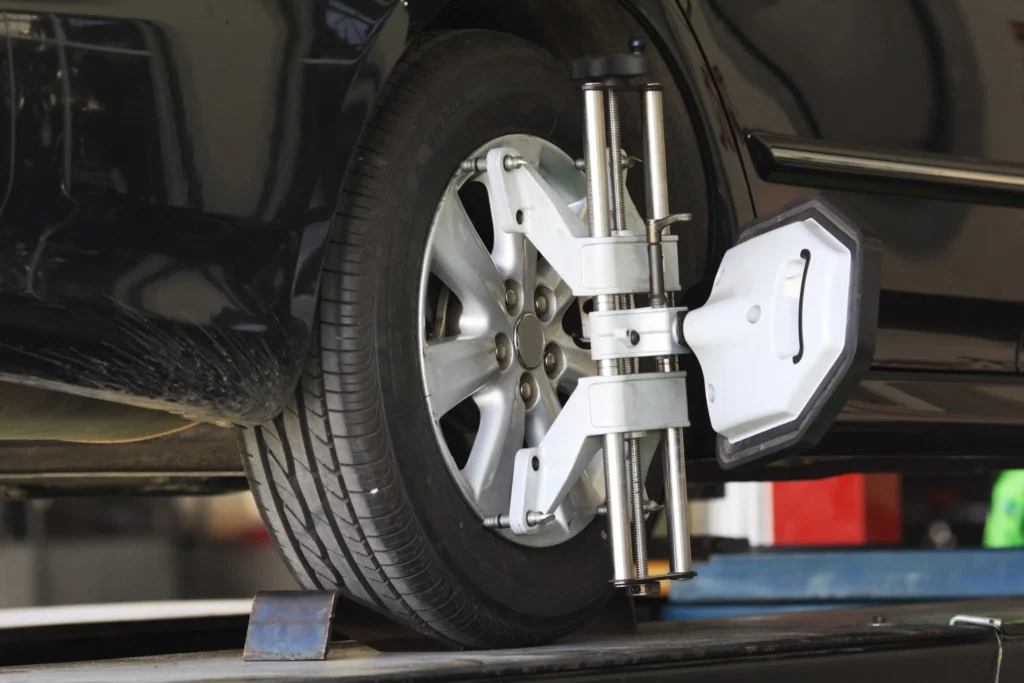
Wheel alignment, also known as “tracking,” refers to the precise adjustment of the angles of your vehicle’s wheels in relation to each other and the vehicle’s frame. This adjustment ensures that the wheels are pointing in the correct direction and are perpendicular to the ground. Proper wheel alignment is crucial for maintaining optimal tire wear, handling, and fuel efficiency.
What causes wheel misalignment?
Wheel misalignment can lead to a host of issues affecting your vehicle’s safety and performance. Properly aligned tires are essential for a smooth and safe driving experience. Here are some common causes of wheel misalignment:
- Normal Wear and Tear: Over time, the suspension components of a vehicle can wear out, causing the wheels to become misaligned. Regular maintenance can help prevent this.
- Potholes, Curbs, and Rough Roads: The effects of potholes, curbs, and rough roads are a frequent cause of wheel misalignment. When you encounter these road hazards, they can throw off the alignment of your wheels.
- Accidents: Even minor collisions can impact wheel alignment. If your car has been in an accident, it’s essential to check the alignment to ensure proper handling and tire wear.
Remember, addressing wheel misalignment promptly can extend tire lifespan, improve fuel efficiency, and enhance overall vehicle performance by wheel balancing vs alignment. If you notice signs like uneven tire wear, pulling to one side while driving, or an off-centered steering wheel, consider getting your alignment checked by a professional technician.
You may Also Check
Tire Speed Ratings: Unraveling the Mystery
When it comes to choosing the right tires for your vehicle, one crucial factor to consider is the Tire Speed […]
Signs That Your Vehicle Needs a Wheel Alignment
how long does a wheel alignment take, There are several telltale signs that your vehicle may be in need of a wheel alignment. Here are some signs that your vehicle might need a wheel alignment:
- Vehicle Pulls To One Side: When driving on a level road, your car should move straight without any effort on the steering wheel. If your vehicle starts pulling to one side, it’s a clear indication of an alignment issue. Sometimes, the pull can become severe, making it challenging to keep the car on the road.
- Steering Wheel Not Aligned: Take a look at your steering wheel. In normal conditions, it should be centered when you’re driving straight. If it’s off-center or crooked, it’s time to get your wheels aligned.
- Uneven Tire Wear: If you notice uneven wear patterns on your tires, it’s a sign of alignment problems. Proper alignment ensures that all tires wear evenly. Addressing this issue promptly can extend the life of your tires and prevent premature replacements.
- Excessive Tire Wear: Along with uneven wear, excessive tire wear can occur due to poor alignment. The rubber wears out faster when the tires don’t make consistent contact with the road. Considering that alignment is relatively inexpensive compared to tire replacement, it’s wise to address this issue promptly.
- Sloppy or Loose Steering: Loose steering, also known as free play, can be a symptom of alignment problems. When you turn, there might be a portion of the steering wheel that doesn’t respond as expected.
Remember, regular wheel alignments are essential for a smooth ride, better handling, and overall vehicle safety. If you notice any of these signs, consider getting your alignment checked by a professional technician. Proper maintenance can save you repair costs and enhance your driving experience by knowing how long does a wheel alignment take.
Benefits of Wheel Alignment
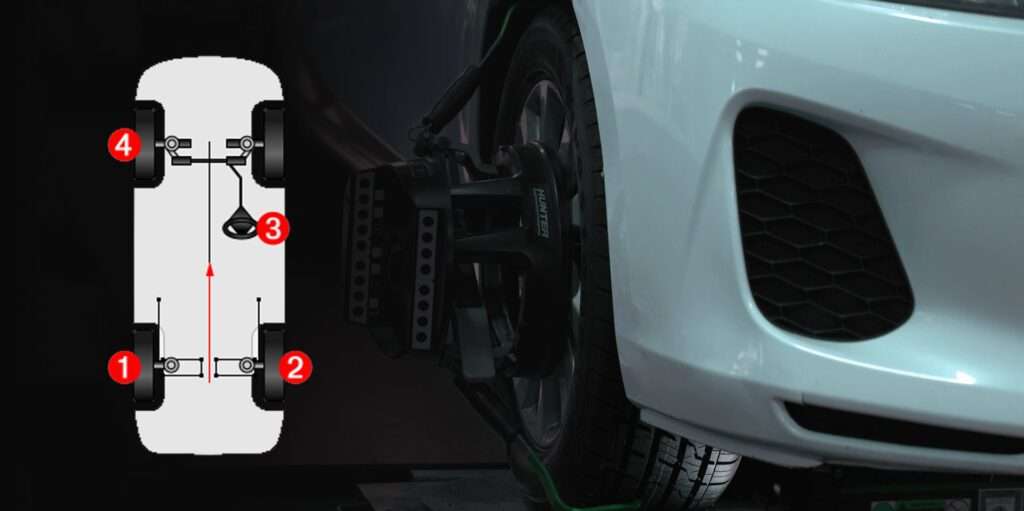
Maintaining proper wheel alignment offers several benefits:
- Improved Fuel Efficiency: Correctly aligned wheels reduce rolling resistance, allowing your vehicle to operate more efficiently and consume less fuel.
- Extended Tire Life: Proper alignment helps to distribute the wear evenly across the tire’s surface, preventing premature and uneven wear.
- Enhanced Handling and Steering: Well-aligned wheels provide better control and responsiveness, making your car more enjoyable and safer to drive.
- Reduced Wear on Suspension Components: Proper alignment helps to minimize stress on your vehicle’s suspension system, extending the lifespan of these critical components.
What is Wheel Balancing?
Wheel balancing, on the other hand, is the process of ensuring that the weight of the tire and wheel assembly is evenly distributed around the axle. This is achieved by adding small weights to the wheel to counteract any imbalances, which can cause vibrations and uneven tire wear. (wheel balancing vs alignment)
You May Also Check
Unraveling the Distinction: Compare Nitrogen vs Air in Tires
When it comes to maintaining your car, one of the most crucial aspects is the health of your tires. nitrogen […]
Signs That Your Vehicle Needs a Wheel Balancing
You may need to have to balance wheel if you experience any of the following:
- Vibration or shaking in the steering wheel or throughout the vehicle, particularly at higher speeds
- Uneven or premature tire wear
- A “cupping” or “scalloping” pattern on the tire’s surface
Benefits of Balance Wheel
Proper balance wheel offers several advantages:
- Smoother Ride: Balance wheel by wheel balancer provide a more comfortable and stable driving experience, reducing vibrations and shaking.
- Improved Tire Life: Evenly distributed weight across the tire’s surface helps to prevent uneven wear, extending the life of your tires.
- Enhanced Handling and Steering: Well-balanced wheels contribute to better control and responsiveness, making your car more enjoyable and safer to drive.
- Reduced Wear on Suspension Components: Proper balance wheel helps to minimize stress on your vehicle’s suspension system, extending the lifespan of these critical components by using wheel balancer.
The Difference Between Wheel Alignment and Wheel Balancing
While wheel balancing vs alignment are both essential for maintaining your vehicle’s performance and safety, they are distinct processes with different objectives:
| Wheel Alignment | Wheel Balancing |
|---|---|
| Focuses on the angles and positioning of the wheels in relation to the vehicle’s frame | Ensures the even distribution of weight across the tire and balance wheel assembly |
| Adjusts the camber, caster, and toe angles of the wheels | Adds small weights to the wheel to counteract any imbalances |
| Helps to improve handling, steering, and tire wear | balance wheel Helps to reduce vibrations and uneven tire wear |
How Wheel Alignment and Wheel Balancing Affect Tire Life Span
Proper wheel alignment and balance wheel play a crucial role in extending the lifespan of your vehicle’s tires. When your wheels are properly aligned and balanced by wheel balancer, the tires wear evenly, reducing the risk of premature or uneven wear. This, in turn, can significantly extend the life of your tires, saving you money on costly replacements.
What are the long-term effects of driving with misaligned wheels?
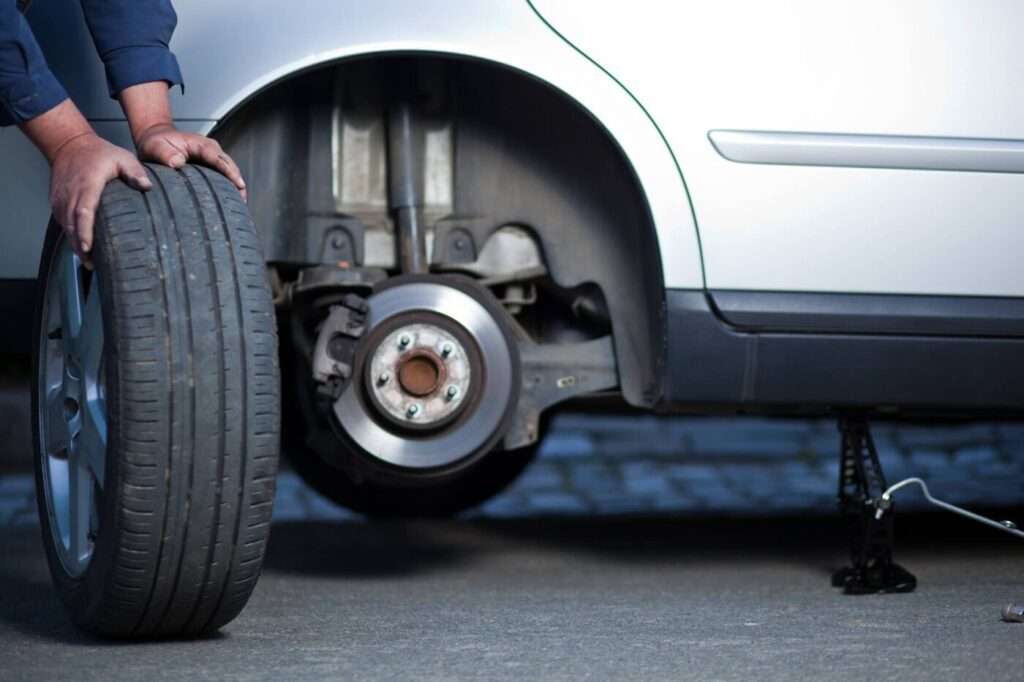
Driving a car with bad alignment can lead to uneven tire wear, reduced fuel efficiency, and compromised vehicle control. Over time, these issues can lead to higher repair costs, diminished safety, and a shorter vehicle lifespan so you should know how long does a wheel alignment take. Let’s delve into the intricacies of wheel alignment and understand the dangers of neglecting it.
Wheel Alignment Example Wheel alignment is a fundamental aspect of vehicle maintenance that directly affects tire performance, vehicle handling, and the safety of the vehicle’s occupants. Here’s what you need to know:
- What is Wheel Alignment?: Wheel alignment, often simply termed as ‘alignment’, refers to the adjustment of a vehicle’s wheels in relation to each other and the vehicle’s body. The goal is to ensure that the tires make optimal contact with the road, promoting even tire wear and stable steering.
- Camber: The inward or outward tilt of the top of the tire as seen from the front of the vehicle. Positive camber tilts the top of the tire outward, while negative camber tilts it inward.
- Toe: Alignment refers to the direction in which the tires are pointed relative to a centerline drawn through the vehicle. Toe-in means the fronts of the tires are closer to each other than the backs, while toe-out means the opposite.
- Caster: The tilt of the steering axis either forward or backward as seen from the side of the vehicle. This angle contributes to the stability of the vehicle and affects the steering feel.
- Proper Wheel Alignment vs. Improper Wheel Alignment:
- Proper Wheel Alignment:
- Ensures that the tire tread makes even contact with the road surface.
- Minimizes tire wear.
- Provides stable and predictable steering.
- Enhances fuel efficiency.
- Enhances safety by minimizing steering and stability concerns.
- Improper Wheel Alignment:
- Causes uneven tire wear, reducing tire lifespan.
- Leads to poor vehicle handling.
- Decreases fuel efficiency as a result of heightened rolling resistance.
- Can lead to safety concerns like the car pulling to one side.
- Proper Wheel Alignment:
- Causes of Misalignment:
- External Impacts:
- Hitting potholes, curbs, or road debris.
- Accidents, even minor fender-benders.
- Suspension Wear and Tear:
- Worn-out bushings, bearings, or other suspension components.
- External Impacts:
Remember, addressing wheel misalignment promptly can extend tire lifespan, improve fuel efficiency, and enhance overall vehicle performance so you should know how long does a wheel alignment take. If you notice signs like uneven tire wear, pulling to one side while driving, or an off-centered steering wheel, consider getting your alignment checked by a professional technician.
How Wheel Alignment and Wheel Balancing Contribute to a Safe Ride
Maintaining proper wheel alignment and wheel balancing is essential for ensuring a safe and stable ride. Well-aligned and balanced wheels provide better control and responsiveness, reducing the risk of accidents and helping to keep you and your passengers safe on the road.
The Role of Tire Pressure in Wheel balancing vs alignment
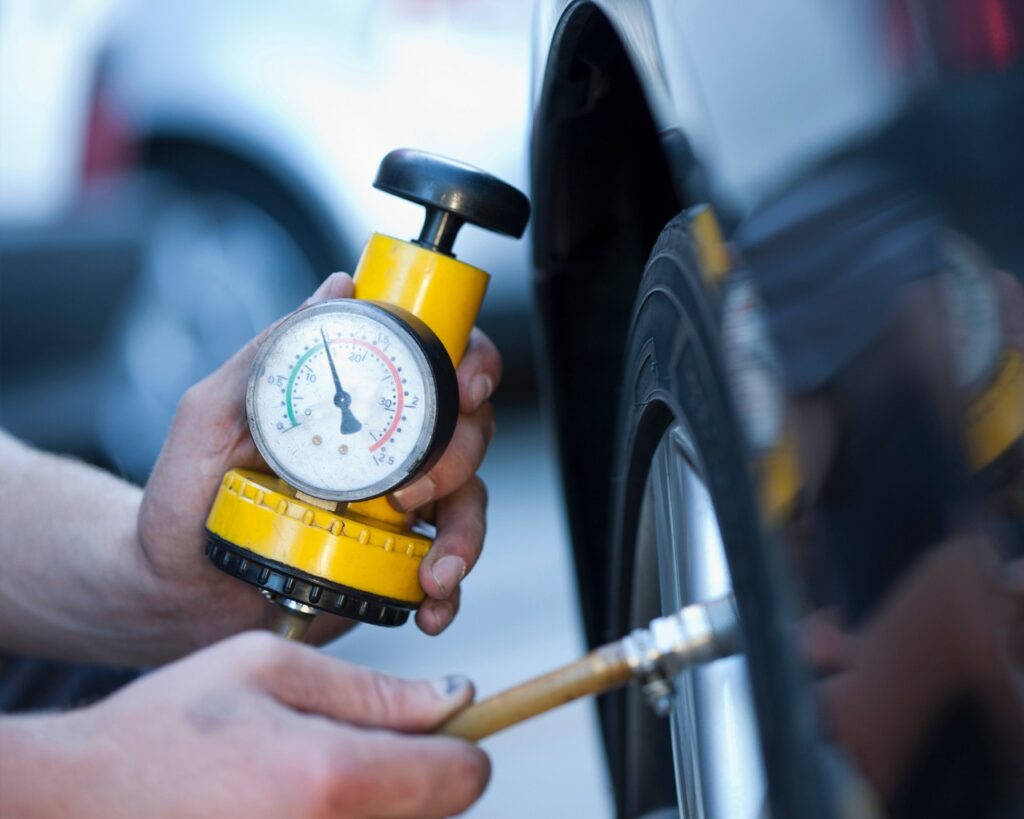
Tire pressure plays an important role in both wheel balancing vs alignment. Incorrect tire pressure can affect the way the wheels are positioned and the weight distribution across the tire and wheel assembly. Ensuring that your tires are inflated to the recommended pressure is crucial for maintaining proper alignment and balance wheel, which in turn contributes to a smooth, safe, and efficient ride. Let’s explore how it affects each aspect:
- Wheel Alignment:
- Importance: Proper wheel alignment ensures that your vehicle’s wheels are positioned correctly for optimal steering, handling, and tire wear.
- Connection to Tire Pressure:
- When tire pressure is not maintained at the manufacturer’s recommended levels, it can impact alignment.
- Uneven tire pressure can lead to misalignment because it affects the way the tires make contact with the road.
- For accurate wheel alignment readings, ensure that all tires are inflated to the recommended level.
- Wheel Balancing:
- Purpose: Tire or wheel balancing involves adjusting the weight of individual tire-wheel assemblies to ensure a proper fit.
- Importance of Balanced Wheels:
- Vibration, premature tire wear, and suspension damage can result from wheels that are not balanced.
- Balanced wheels contribute to a smoother ride and better overall performance.
You May Also Check
Focused on Tire Pressure Monitoring Systems (TPMS)
Introduction: Tire Pressure Monitoring Systems (TPMS) have evolved into essential safety components in contemporary vehicles. These systems play a critical […]
Maintaining proper tire pressure is essential for both alignment and balancing. Regularly check and adjust your tire pressure to optimize your driving experience and extend tire lifespan.
How Often Should You Get a Wheel Alignment and Wheel Balancing?
The frequency with which you should get your wheels aligned and balanced can vary depending on several factors, such as the age and condition of your vehicle, the type of driving you do, and the quality of the roads you travel on. As a general rule, it’s recommended to have your wheels aligned and balanced:
- Wheel Alignment: Every 6 months or 6,000 miles, whichever comes first, or whenever you notice any of the signs that your vehicle needs a wheel alignment.
- Wheel Balancing: Whenever you have your tires rotated, which is typically every 5,000 to 7,500 miles, or whenever you notice any vibrations or uneven tire wear.
However, if you do a lot of highway driving, you may be able to go longer between alignments. Keep in mind that regular alignment checks are essential to maintain even tire wear, improve handling, and enhance overall vehicle safety. If you notice signs like uneven tire wear, pulling to one side while driving, or an off-centered steering wheel, consider having your alignment checked by a professional technician.
Is it possible to align the wheels at home without special tools?
You May Also Check
Unveiling the Superior Performance of Hankook Tires: A Comprehensive Review
Hankook Tires, a renowned global leader in the automotive industry, has been crafting premium-quality tires that deliver unparalleled performance, safety, […]
You can align your wheels at home without specialized tools. While professional alignment equipment provides precise adjustments, there are DIY methods you can use. Here are a few approaches:
- String Method:
- Materials Needed:
- 24″ level
- Ruler or tape measure
- String
- Two pipes or other long objects
- Computer with a spreadsheet (optional)
- Steps:
- Place cardboard pieces under the tires to protect the floor.
- Set up two strings parallel to the tires, about an inch away from the center of the wheels.
- Measure the distance between the strings at the front and back of the vehicle and adjust them to be equal.
- Measure the distance between the string and the front and back of each wheel. Adjust the tie rods to make the front of the tire slightly closer to the string than the back.
- Check the alignment by measuring the distance between the tires at the front and back of the vehicle. They should be approximately 1/16 inch different.
- Drive the vehicle and verify the steering wheel position.
- Materials Needed:
- Straight Edge Method:
- Place a straight edge across the wheel, ensuring it contacts each side of the wheel lip evenly.
- Use an angle finder to measure the angle. If there’s more than a ¼-degree difference between opposite tires, consider professional alignment.
Remember that while these methods can provide basic alignment adjustments, professional alignment services are more accurate and comprehensive. If you notice significant issues, it’s best to consult a technician for a thorough wheel alignment.
Conclusion
Maintaining proper wheel alignment and wheel balancing is essential for ensuring the optimal performance, safety, and longevity of your vehicle. By understanding the distinction between these two critical processes, you can take the necessary steps to keep your car in top condition and enjoy a smooth, efficient, and safe driving experience.To ensure your vehicle’s wheels are properly aligned and balanced, contact our team of experienced automotive technicians today. We’ll perform a comprehensive inspection and make the necessary adjustments to keep your car running at its best. Schedule your appointment now and enjoy the benefits of a well-maintained vehicle.



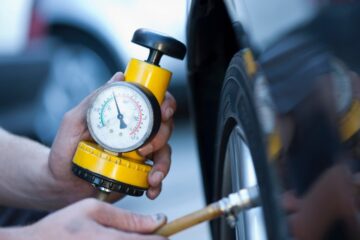
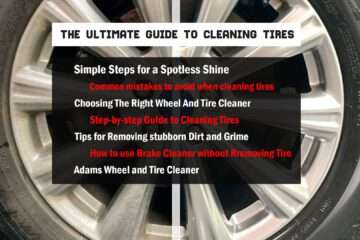

Rattling superb info can be found on website.